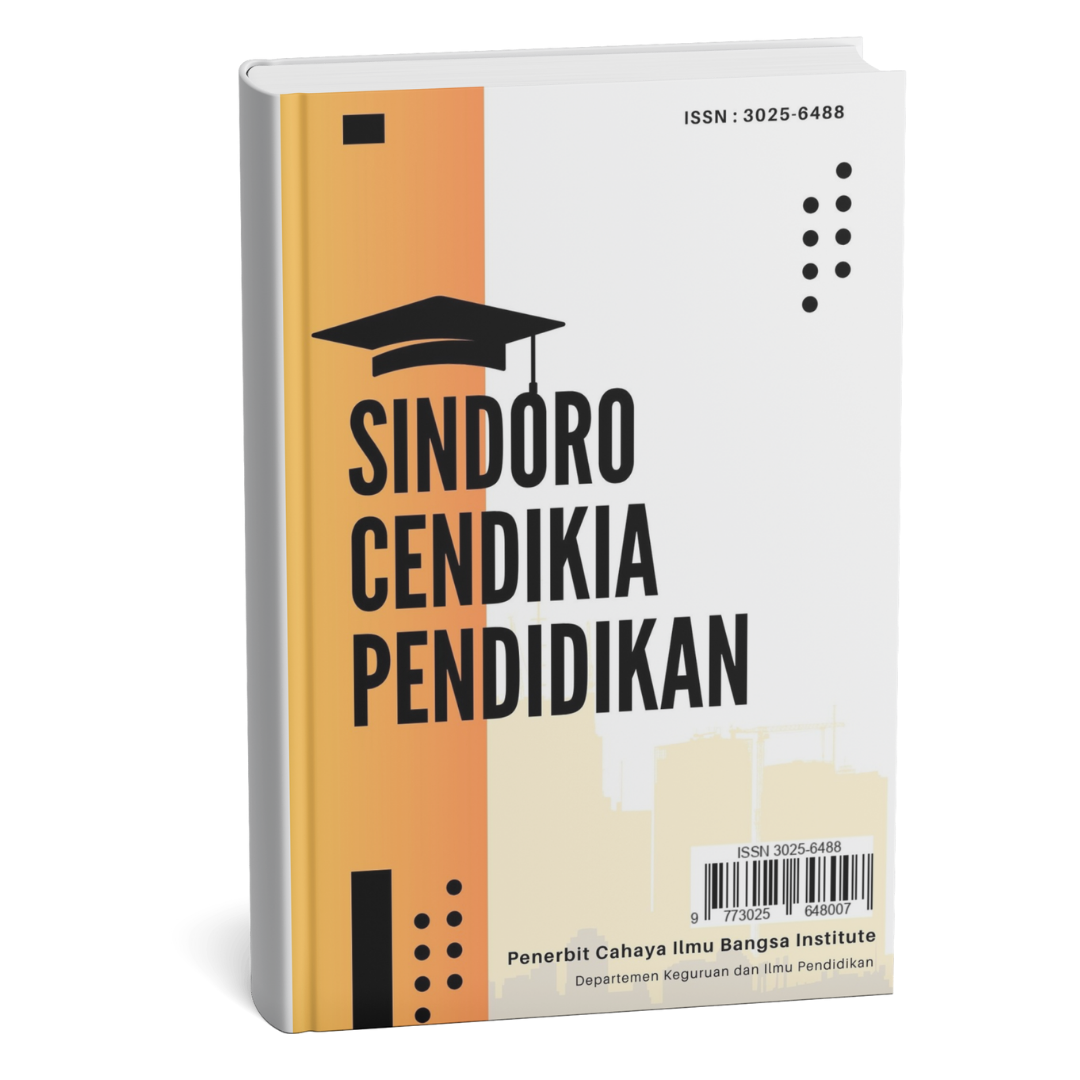AMBIGUOUS EXPRESSIONS: A SEMANTIC STUDY ON SLANG IN GEN Z NARRATIVE DIALOGUES
- Authors
-
-
Trinita Ivana Rumapea
Universitas HKBP Nommensen PematangsiantarAuthor -
Bernieke Anggita Ristia Damanik
Universitas HKBP Nommensen PematangsiantarAuthor
-
- Keywords:
- Semantics, Ambiguity, Slang, Gen Z, Narrative Dialogue
- Abstract
-
This study investigates the phenomenon of semantic ambiguity in narrative conversations among Generation Z. Ambiguity arises when a slang word or phrase may have more than one interpretation depending on context, speaker intention, or group understanding. The research uses a qualitative descriptive method with a semantic approach, focusing on 15 simulated narrative dialogues reflecting authentic Gen Z slang usage. Results show that ambiguous terms such as "slay," "cap," "fire," and "ghost" frequently cause misunderstanding without context-based clarification. Analysis reveals that ambiguity primarily stems from polysemy (62.5%), followed by homonymy (25%) and contextually fluid meanings (12.5%). This indicates a need for improved pragmatic awareness in both teaching and understanding informal digital discourse.
- Downloads
-
Download data is not yet available.
- Author Biographies
- References
-
Bucholtz, M. (2009). From stance to style: Gender, interaction, and indexicality in Mexican immigrant youth slang. In A. Jaffe (Ed.), Stance: Sociolinguistic Perspectives (pp. 146–170). Oxford University Press.
Chaer, A., & Agustina, L. (2010). Sosiolinguistik: Perkenalan awal. Rineka Cipta.
Coleman, J. (2012). The life of slang. Oxford University Press.
Cruse, D. A. (2000). Meaning in language: An introduction to semantics and pragmatics. Oxford University Press.
Crystal, D. (2006). Language and the internet. Cambridge University Press.
Djajasudarma, F. (2009). Semantik. Refika Aditama.
Eble, C. (1996). Slang and sociability: In-group language among college students. University of North Carolina Press.
Hurford, J. R., Heasley, B., & Smith, M. B. (2007). Semantics: A coursebook (2nd ed.). Cambridge University Press.
Lakoff, G., & Johnson, M. (1980). Metaphors we live by. University of Chicago Press.
Lyons, J. (1977). Semantics. Cambridge University Press.
Mey, J. L. (2001). Pragmatics: An introduction (2nd ed.). Blackwell Publishing.
Tarigan, H. G. (2011). Pengajaran semantik. Angkasa.
Traugott, E. C., & Dasher, R. B. (2001). Regularity in semantic change. Cambridge University Press.
Yule, G. (2020). The study of language (7th ed.). Cambridge University Press.
- Downloads
- Published
- 2025-06-29
- Section
- Articles
- License
-
This work is licensed under a Creative Commons Attribution-ShareAlike 4.0 International License.
How to Cite
Most read articles by the same author(s)
- Naomi Simanjuntak, Bernieke Anggita Ristia Damanik, THE SEMANTICS REVIEW ON THE ANALYSIS OF IDIOMS IN ZOOTOPIA FILM , Sindoro: Cendikia Pendidikan: Vol. 16 No. 8 (2025): Sindoro: Cendikia Pendidikan
- Tiondina Samosir, Bernieke Anggita Ristia Damanik, AN ANALYSIS OF DENOTATIVE AND CONNOTATIVE MEANINGS IN THE LYRICS OF 'FIX YOU' BY COLDPLAY , Sindoro: Cendikia Pendidikan: Vol. 16 No. 8 (2025): Sindoro: Cendikia Pendidikan
Similar Articles
- Thesa Laora Miranda Siahaan, Bernieke Anggita Ristia Damanik, DENOTATIVE MEANING IN LEXICAL SEMANTICS : A LINGUISTICS ANALYSIS OF THE LYRICS IN “CANCER” BY MY CHEMICAL ROMANCE , Sindoro: Cendikia Pendidikan: Vol. 16 No. 11 (2025): Sindoro: Cendikia Pendidikan
- Dea Amanda Putri, Intan Sirait, Elvina Sonita, Putri Lidiana Permata Sari, An Analysis of Student’s Errors in Writing Narrative Texts at Grade XI of SMAN 3 Tanjungbalai: A Qualitative Study on the Causes and Improvement Strategies , Sindoro: Cendikia Pendidikan: Vol. 16 No. 11 (2025): Sindoro: Cendikia Pendidikan
- Adinda Fatimah, PERAN GEN Z DALAM MENGIMPLEMENTASIKAN SILA-SILA PANCASILA DI ERA DIGITAL , Sindoro: Cendikia Pendidikan: Vol. 16 No. 9 (2025): Sindoro: Cendikia Pendidikan
- Naomi Simanjuntak, Bernieke Anggita Ristia Damanik, THE SEMANTICS REVIEW ON THE ANALYSIS OF IDIOMS IN ZOOTOPIA FILM , Sindoro: Cendikia Pendidikan: Vol. 16 No. 8 (2025): Sindoro: Cendikia Pendidikan
- Yuni Syafitri, Indah Dwi Sartika, PERAN POLA ASUH DEMOKRATIS GENERASI Z DALAM KEMAMPUAN MENGENAL DAN MENGELOLA EMOSI ANAK USIA DINI DISUKAJAYA PALEMBANG , Sindoro: Cendikia Pendidikan: Vol. 17 No. 7 (2025): Sindoro Cendikia Pendidikan
- Nameera Shafwatul Mutmainnah, Tenny Sudjatnika, JEJAK SEJARAH: PENAKLUKAN ANDALUSIA DAN DAMPAKNYA TERHADAP PERADABAN ISLAM , Sindoro: Cendikia Pendidikan: Vol. 16 No. 9 (2025): Sindoro: Cendikia Pendidikan
- Destria Sri Setiawan, Yanti Sri Winarti, KRISIS KARAKTER PADA GENERASI ALPHA DI KALANGAN ANAK SEKOLAH DASAR (STUDI KASUS DI SDN BAROS MANDIRI 2 KELAS IV) , Sindoro: Cendikia Pendidikan: Vol. 16 No. 9 (2025): Sindoro: Cendikia Pendidikan
- Lailatul Muthoharoh, Dita Hendriani, PENGGUNAAN MEDIA PEMBELAJARAN YOUTUBE UNTUK MENINGKATKAN KEMAMPUAN BERPIKIR KRITIS SISWA PADA MATA PELAJARAN SEJARAH KELAS XI SMAN 1 KARANGREJO , Sindoro: Cendikia Pendidikan: Vol. 16 No. 9 (2025): Sindoro: Cendikia Pendidikan
- Deswita Fitriani Samosir, Bernieke Anggita Ristia Damanik, GENDER AND MEANING : A SEMANTIC ANALYSIS ACROSS LANGUANGES , Sindoro: Cendikia Pendidikan: Vol. 16 No. 12 (2025): Sindoro: Cendikia Pendidikan
- Cindy Simorangkir, Bernieke Anggita Ristia Damanik, A SEMANTIC ANALYSIS OF METHAPHORS IN TAYLOR SWIFT’S SONG LYRICS , Sindoro: Cendikia Pendidikan: Vol. 16 No. 11 (2025): Sindoro: Cendikia Pendidikan
You may also start an advanced similarity search for this article.






